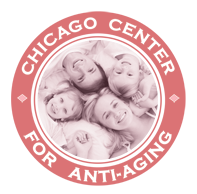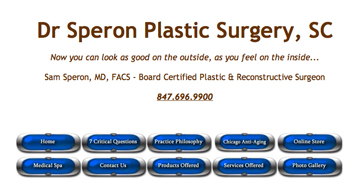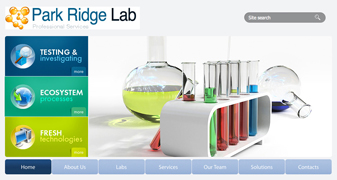Chicago Anti-Aging Ways To Relax
Ways To Relax
Sometimes just saying "I need to relax more" isn't enough. Structured programs combining elements of mental and physical relaxation can offer a way to learn to relax through coaching, lessons, or individual practice. Ranging from the martial arts to meditation, structured relaxation programs have been used in psychotherapy and as adjuvant therapies for many chronic medical conditions. To help you decide if one of these programs is right for you, this article provides an overview of some of the most commonly-practiced disciplines that increase "relaxation skills".
Autogenic Training
Developed in the early 20th century, this technique is based upon passive concentration and awareness of body sensations. Through repetition of so-called autogenic "formulas" one focuses upon different sensations, such as warmth or heaviness, in different regions of the body. Autogenic training has been used by physicians as a part of therapy for many conditions. Popular in Europe (where it is even covered by some insurance plans), this method is currently gaining acceptance in the USA. No particular physical skills or exercises are involved; however, persons desiring to learn this technique must be prepared to invest time and patience. Since this technique is slightly more complex than some relaxation methods, a course is generally the best way to learn the method.
Biofeedback
Biofeedback is one method of learning to achieve relaxation, control stress responses, or modify the body's reactions through the use of monitoring equipment that provides information from the body which would normally not be available. This method is based upon the principle first advanced in the early 1960s that the autonomic nervous system (the part we don't consciously use) is trainable. For example, instruments can be used to measure heart rate, blood pressure, brain activity, stomach acidity, muscle tension, or other parameters while persons experiment with postural changes, breathing techniques, or thinking patterns. By receiving this feedback, one can learn to identify the processes that achieve the desired result, such as reduction in heart rate and blood pressure. Biofeedback is used by many practitioners for a variety of psychological and physical conditions. Because the technique involves the use of measuring devices, it can only be performed by a professional.
For more information:
The Biofeedback Certification Institute of America (303-420-2902) is the body responsible for certifying practitioners of biofeedback.
Imagery
Imagery, or Guided Imagery, is the use of pleasant or relaxing images to calm the mind and body. By controlling breathing and visualizing a soothing image, a state of deep relaxation can occur. This method can be learned by anyone and is relatively easy to begin. Imagery has also been used in addition to conventional therapy in the treatment of cancer and other conditions, in which a patient visualizes disease states being fought by or driven out of the body.




